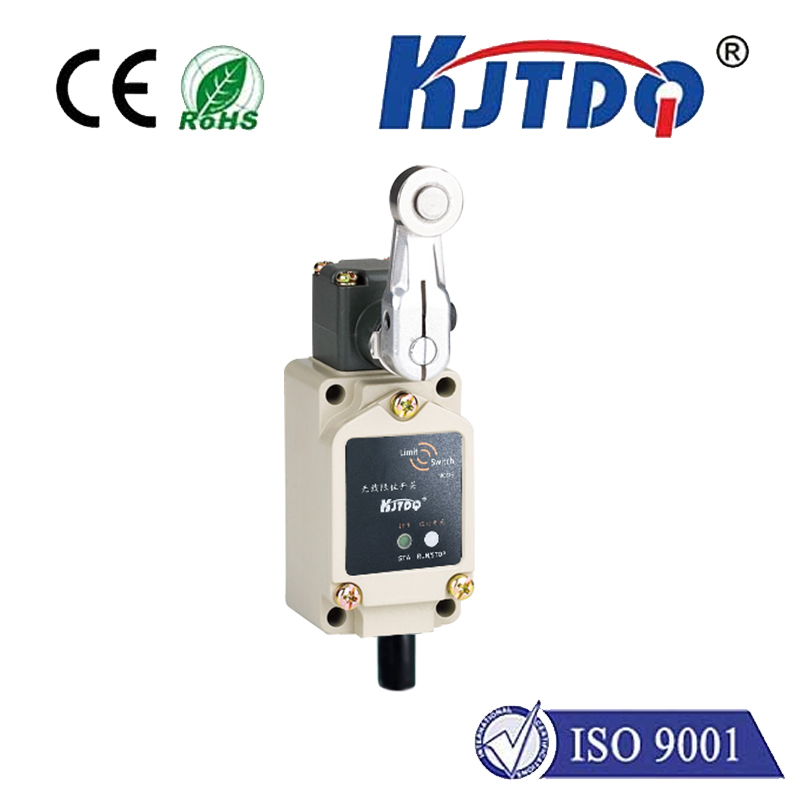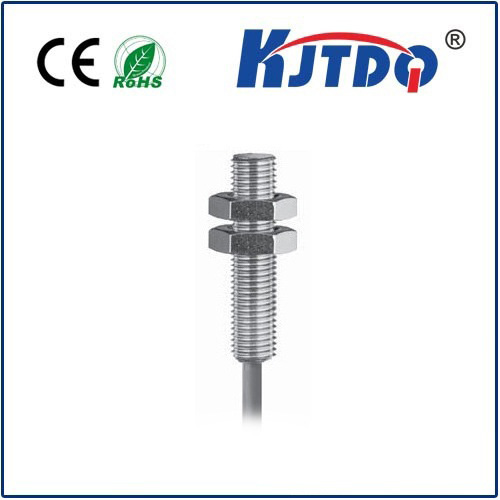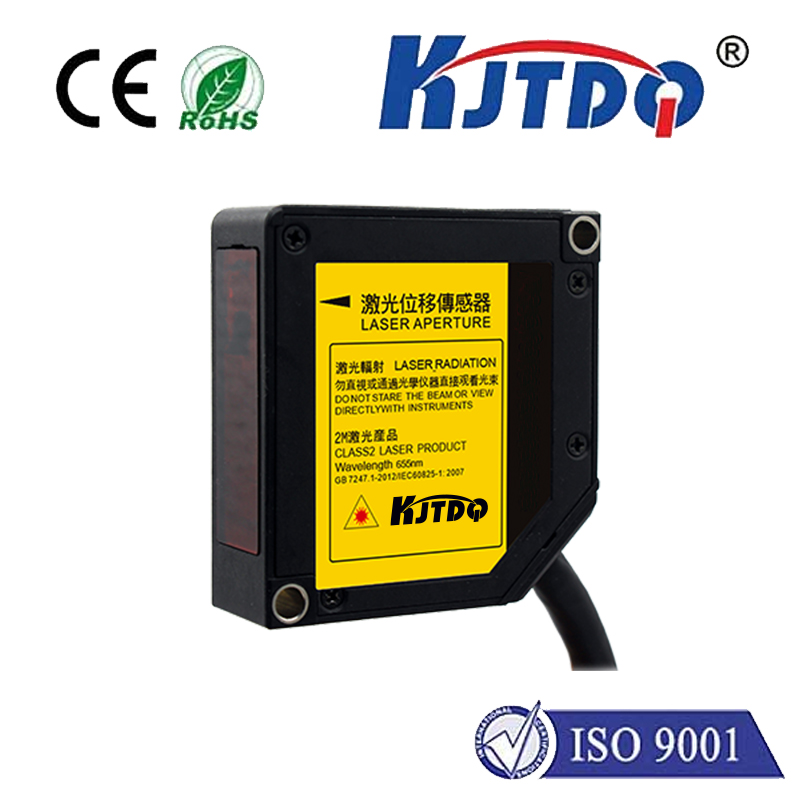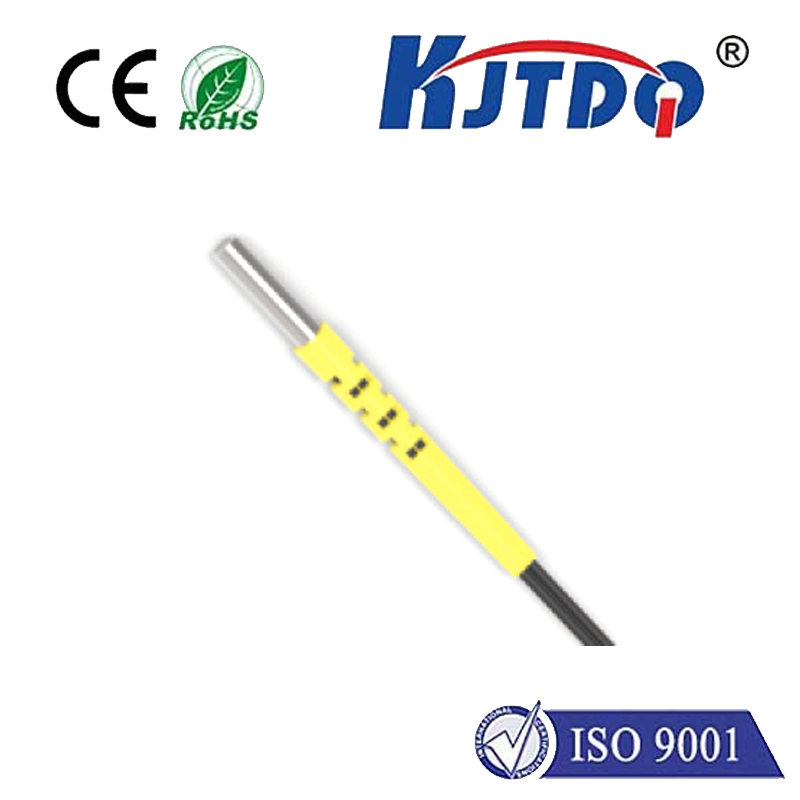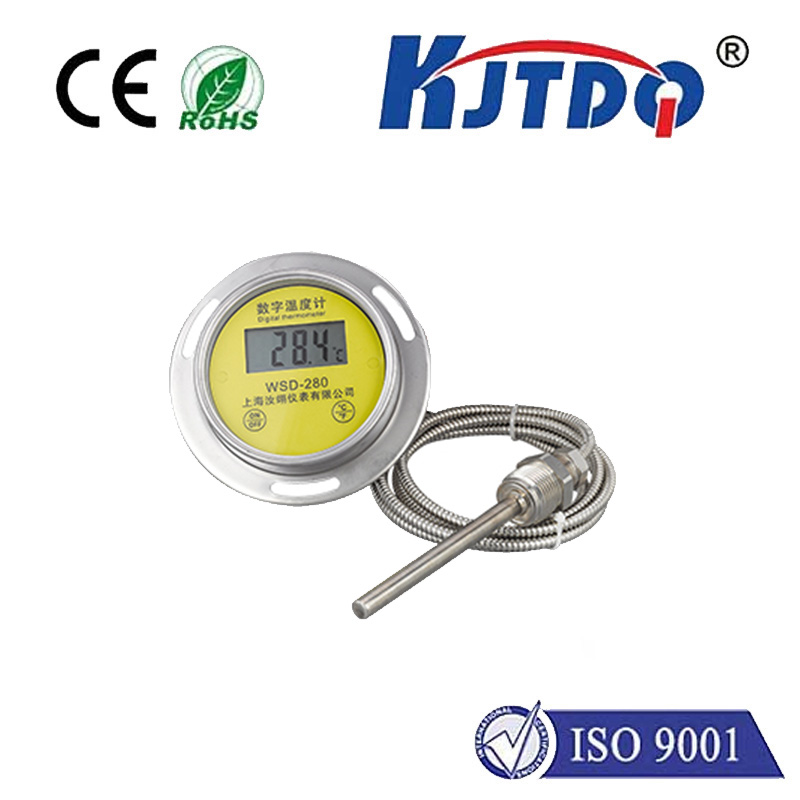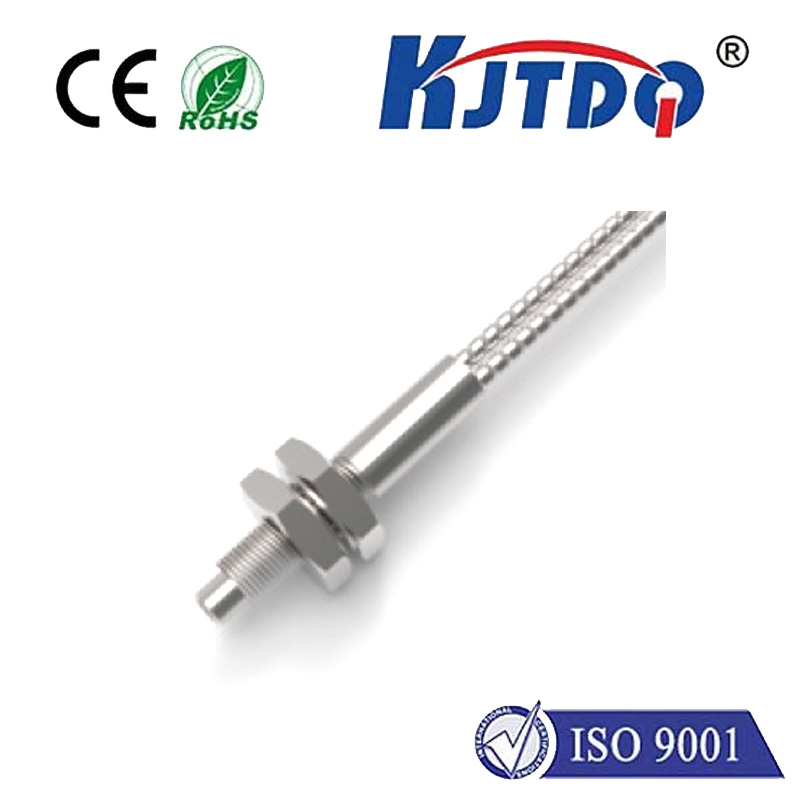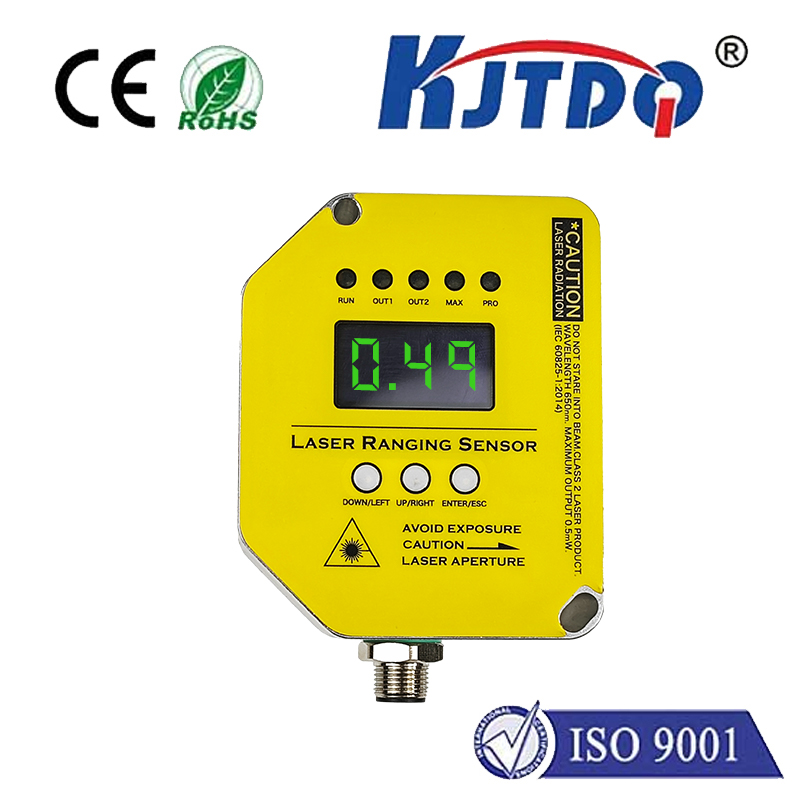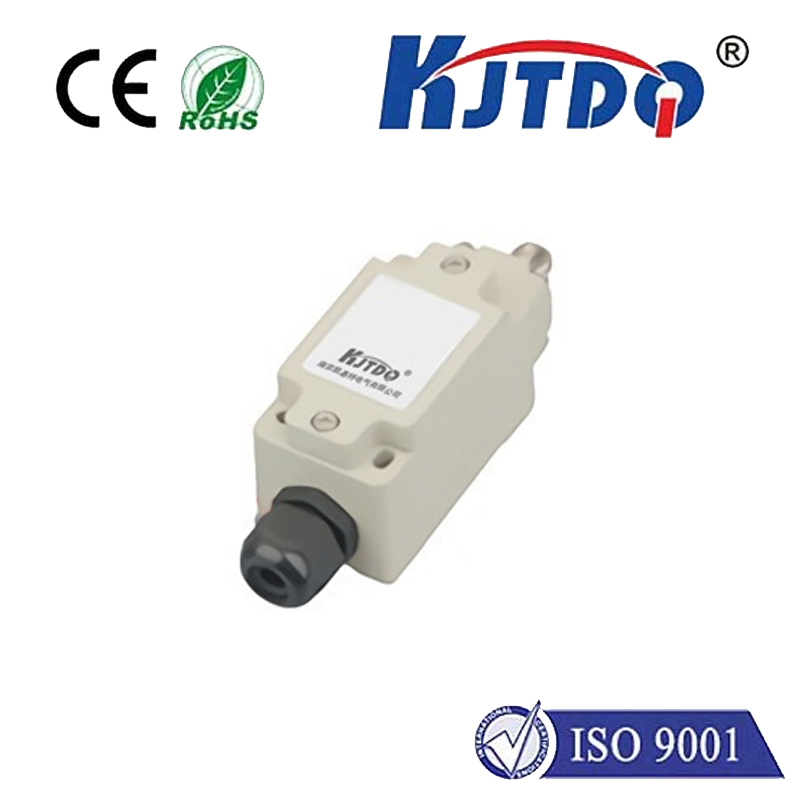dpt sensor
- time:2025-06-13 03:49:00
- Click:0
DPT Sensors: The Unseen Guardians of Industrial Precision
Imagine the silent, critical monitoring happening beneath the hum of a factory, within the ducts of a skyscraper, or even inside complex medical equipment. Often unnoticed, Differential Pressure Transmitters (DPT Sensors) are fundamental workhorses, ensuring systems operate safely, efficiently, and within precise parameters. These sophisticated devices are the unsung heroes translating tiny pressure differences into actionable data, forming the bedrock of countless industrial and commercial processes.
Understanding the DPT Sensor: Beyond Simple Pressure
At its core, a DPT sensor (Differential Pressure Transmitter) measures the difference in pressure between two designated points. Unlike a standard pressure sensor reading against atmospheric pressure, a DPT sensor has two ports: a high-pressure side (HP) and a low-pressure side (LP). Its sole function is to accurately determine the variance between these two pressures. This differential measurement is crucial in scenarios where the absolute pressure is less relevant than the relationship or flow driven by the pressure imbalance.
How DPT Sensors Work: Sensing the Subtle Gap

Modern DPT sensors primarily rely on sophisticated sensing technologies:
- Piezoresistive Sensing: This is the most prevalent method. A thin, flexible diaphragm acts as the primary sensing element, physically separating the HP and LP ports. As pressure differs across this diaphragm, it deflects minutely. Tiny strain gauges, often arranged in a Wheatstone bridge configuration and bonded directly to the diaphragm or embedded within a micro-machined silicon element, experience resistance changes proportional to this deflection. This resistance change is converted into an electrical signal.
- Capacitive Sensing: Here, the deflection of the diaphragm changes the distance between two capacitive plates – one typically being the diaphragm itself. This alters the capacitance value, which sophisticated electronics then convert into a standardized output signal proportional to the differential pressure.
- Resonant Frequency Sensing: Some advanced sensors use a vibrating element whose resonant frequency shifts minutely with applied stress (caused by the diaphragm deflection). Measuring this frequency change provides a highly accurate pressure reading.
Electronics within the transmitter amplify the tiny sensor output signal, perform temperature compensation (critical for accuracy), and linearize the data. This processed signal is then converted into a standardized output, most commonly a 4-20 mA current loop (robust for long-distance transmission) or increasingly, digital signals via protocols like HART, Foundation Fieldbus, or Profibus PA. Many modern transmitters also feature local displays for configuration and troubleshooting.
Where DPT Sensors Reign Supreme: Critical Applications
The ability to measure pressure differences makes DPT sensors indispensable across diverse sectors:
- Flow Measurement: Perhaps the most common application. Utilizing the Bernoulli’s principle, DPT sensors are paired with primary elements like orifice plates, venturi tubes, or pitot tubes. The pressure drop (ΔP) across the restriction is directly related to the flow rate of the liquid, gas, or steam. This forms the basis for a vast number of industrial flow meters.
- Filter and Strainer Monitoring: Clogging or fouling of filters (air, fuel, oil, water) causes increased resistance, leading to a higher pressure drop across the filter. A DPT sensor constantly monitors this ΔP. When the differential pressure exceeds a pre-set threshold, it signals that the filter requires cleaning or replacement, preventing decreased efficiency or potential system damage.
- Level Measurement in Tanks: In closed tanks, the level of a liquid (especially non-water-based fluids) creates a hydrostatic head pressure. A DPT sensor compares the pressure at the bottom of the tank (via a submerged impulse line) to the pressure in the vapor space above the liquid (via a reference impulse line or a capillary). The ΔP directly corresponds to the liquid level, independent of tank pressure.
- HVAC Systems: DPT sensors are vital for maintaining building comfort and efficiency. They monitor air filter status, ensure correct airflow across coils and in ducts (crucial for balancing), control variable air volume (VAV) boxes by maintaining duct pressure, and monitor cleanroom pressure differentials to prevent contamination.
- Liquid Boiler Control: Maintaining the correct water level is critical for safety and efficiency. DPT sensors are used on balanced-draft boilers, comparing steam drum pressure to the pressure at the water column reference level.
- Medical Devices: Precise pressure control is vital in ventilators, dialysis machines, and anesthesia delivery systems, often relying on specialized DPT sensors for safe patient care.
Selecting the Right DPT Sensor: Key Considerations
Choosing the appropriate DPT sensor requires careful evaluation:
- Pressure Range: Select a sensor whose range comfortably encompasses the maximum expected working pressure (usually the higher port pressure) and the maximum expected ΔP. Over-range capability is often a safety factor.
- Accuracy & Stability: Specified as a percentage of span (e.g., ±0.1% FS). Consider long-term drift requirements and the impact of temperature variations. Higher accuracy directly translates to better process control and measurement reliability.
- Output Signal: Choose between traditional 4-20mA (analog, robust) and digital protocols (HART, Fieldbus, Profibus PA, Modbus) which offer advanced diagnostics and configuration.
- Process Connections: Material (Stainless Steel 316L is common), size (e.g., 1⁄2” NPT, G1/2”, flange), and type (threaded, sanitary, flush diaphragm) must match the process piping.
- Media Compatibility: The wetted parts (diaphragm, seals, process connections) must be chemically compatible with the process fluid to avoid corrosion or degradation. Exotic materials like Hastelloy or Monel might be needed for aggressive media.
- Environmental Conditions: Temperature limits (process and ambient), humidity, and the potential for hazardous areas (requiring Intrinsically Safe (IS) or Explosion Proof (Ex) certifications) are critical.
- Additional Features: IP rating for dust/water ingress protection, local display, configuration buttons, remote seals for high-temperature fluids, vapor-proof enclosures, and advanced diagnostics all factor into the decision.
The Future: Smarter, More Connected DPT Sensors
The evolution of DPT sensors is tightly linked to the rise of Industrial IoT (IIoT) and Industry 4.0. Wirehart technology enhances traditional 4-20mA with digital communication without needing separate wires. Smart diagnostics embedded within the transmitter provide predictive maintenance insights, alerting users to potential drift, sensor issues, or process anomalies before they lead to failure. Integration into wider control and asset management systems enables holistic process optimization, energy savings, and improved operational visibility. Digital transformation will continue to make these unseen guardians even more intelligent and indispensable.
From ensuring clean air in hospitals to optimizing massive chemical reactors, DPT sensors provide the critical differential pressure data that underpins safety, efficiency, and quality in our technological world. Understanding their capabilities and selection criteria is key to unlocking their full potential as precision instruments in an increasingly automated and data-driven landscape.






